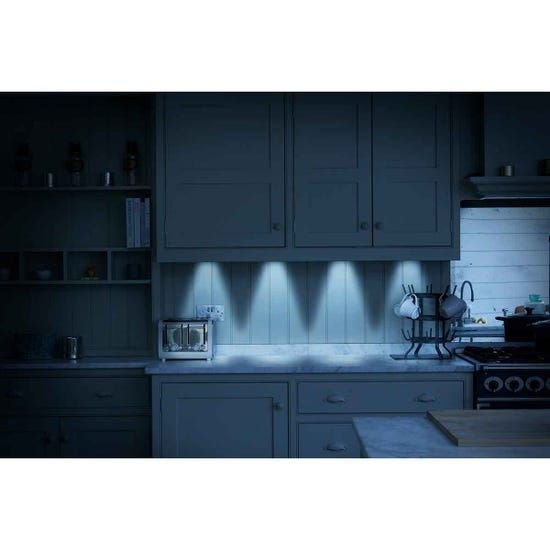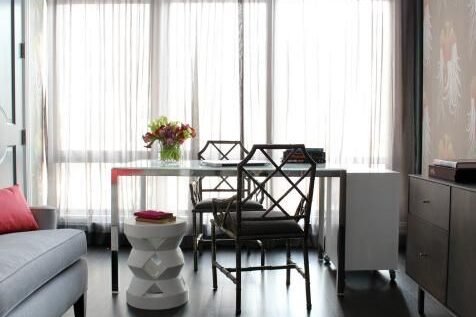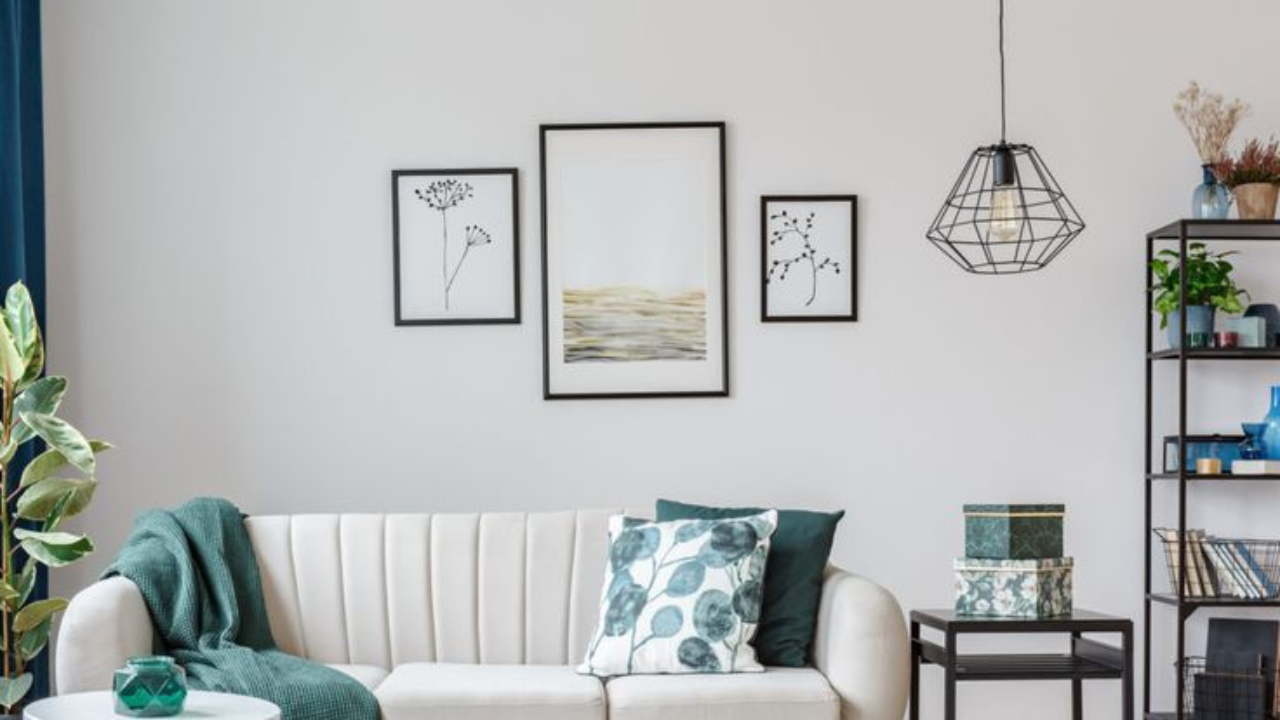Creating a home that feels both beautiful and functional is no small feat. Follow these 14 timeless interior design rules to craft a space that’s uniquely yours, while avoiding common pitfalls.
Designing a home is like telling a story—it’s deeply personal, endlessly creative, and a little bit daunting when you’re staring at a blank canvas (or a bare living room). At Familyhouse, we believe that great interior design isn’t about following trends or spending a fortune; it’s about creating a space that reflects who you are while being practical and timeless. But even in the most creative designs, some rules should never be broken. These 14 interior design principles are the foundation of a home that looks good, feels great, and stands the test of time. Let’s dive in!
1. Always Start with a Plan
Walking into a furniture store or scrolling through Pinterest without a plan is a recipe for chaos. Before you buy a single throw pillow, take the time to map out your space. Measure your rooms, sketch a layout, and think about how you use each area. Do you need a cozy nook for family movie nights or a sleek dining area for hosting dinner parties? A clear plan ensures every piece you choose has a purpose. Pro tip: Use free tools like RoomSketcher or even graph paper to visualize your space before spending a dime.
2. Prioritize Function Over Form
It’s tempting to fall in love with a stunning velvet sofa or a chandelier that screams luxury, but if it doesn’t serve your lifestyle, it’s just clutter in disguise. A family with young kids might regret that white suede couch, and a tiny apartment won’t thank you for an oversized sectional. Ask yourself: Does this piece work for my daily life? Function should always lead, with beauty following closely behind.
3. Don’t Ignore Scale and Proportion
One of the biggest mistakes I see is furniture that’s either too big or too small for a room. A massive sectional in a cozy den can feel like an elephant in a phone booth, while a tiny coffee table in a sprawling living room looks lost. The rule of thumb is to aim for balance. For example, pair a large sofa with a substantial coffee table, and use smaller accent chairs to complement a petite loveseat. A quick trick: Ensure your furniture takes up about two-thirds of the room’s floor space to avoid overwhelming or underwhelming the area.
4. Let Lighting Set the Mood

Lighting is the unsung hero of interior design. Too many homes rely on a single overhead fixture, which can make a space feel flat or harsh. Instead, layer your lighting with a mix of ambient (overhead), task (reading lamps), and accent (wall sconces or fairy lights) sources. Dimmer switches are your best friend for creating ambiance—perfect for everything from cozy evenings to lively gatherings. And don’t forget natural light! Keep windows unobstructed to let the sunshine work its magic.
5. Never Underestimate the Power of Color
Color can make or break a room. A common mistake is choosing colors without considering how they interact with light and space. For example, a dark navy wall might look chic in a magazine but can make a small room feel like a cave. Stick to a cohesive color palette—think three to five hues that complement each other—and use bolder shades as accents. If you’re nervous about committing, start with neutral walls and add pops of color through pillows, rugs, or artwork. At Familyhouse, we love a soft gray base with mustard yellow or emerald green accents for a timeless yet vibrant look.
6. Avoid Cluttering Your Space
I get it—those cute knick-knacks and family heirlooms are hard to resist. But too many accessories can make a room feel chaotic. The golden rule: Less is more. Curate your decor thoughtfully, choosing pieces that tell a story or spark joy. A single, striking vase on a console table often makes a bigger impact than a dozen tiny trinkets. If you’re struggling to edit, try the “one in, one out” rule: For every new item you bring in, remove something else.
7. Respect the Rule of Threes
There’s something inherently pleasing about grouping items in threes. Whether it’s throw pillows on a sofa, vases on a shelf, or candles on a dining table, odd numbers create visual interest without feeling overly symmetrical. This rule applies to color, texture, and scale, too. For example, a coffee table might feature a stack of books (texture), a small plant (color), and a decorative tray (scale). It’s a simple trick that instantly elevates any vignette.
8. Don’t Push Furniture Against the Walls

It’s a common instinct to shove all your furniture against the walls to “maximize space,” but this often makes a room feel cold and uninviting. Instead, pull your furniture in slightly to create intimate conversation areas. In a living room, float your sofa a few inches from the wall and angle chairs toward it to foster connection. Even in small spaces, a little breathing room between furniture and walls can make the room feel larger, not smaller.
9. Invest in Quality Where It Counts
Not every piece in your home needs to be a splurge, but certain items are worth the investment. A durable sofa, a solid dining table, or a comfortable mattress will serve you for years, while trendy accent pieces can be budget-friendly swaps. At Familyhouse, we always tell our readers to spend on items that get daily use and save on decor that’s easy to update, like throw blankets or wall art.
10. Create a Focal Point
Every room needs a star—something that draws the eye and anchors the space. It could be a bold accent wall, a stunning piece of art, or a dramatic fireplace. Without a focal point, a room can feel aimless. If your space lacks a natural one, create it! A large mirror above a console table or a vibrant rug under a coffee table can do wonders. Just make sure the focal point feels intentional and ties the room together.
11. Don’t Skimp on Texture
A room without texture is like a meal without seasoning—flat and forgettable. Mix materials like wood, metal, linen, and wool to add depth and warmth. For example, pair a sleek glass coffee table with a plush shag rug or a leather chair with a knitted throw. Texture isn’t just visual; it’s tactile, making your home feel inviting and lived-in. Bonus: It’s an easy way to add personality without cluttering your space.
12. Balance Trends with Timelessness
Trends are fun—who doesn’t love a good chevron rug or a terrazzo side table? But a home built entirely on fleeting fads will feel dated in a year. The trick is balance. Use timeless pieces (like a classic leather sofa or a simple oak dining table) as your foundation, then sprinkle in trendy accents through smaller items like cushions or lamps. This way, you can refresh your space without a complete overhaul when the next trend rolls in.
13. Don’t Forget About Flow
Your home should feel like a cohesive story, not a collection of disjointed chapters. Ensure there’s a sense of flow between rooms by carrying elements like color, texture, or style throughout your space. For example, if your living room has a mid-century modern vibe, echo that in your dining area with similar wood tones or retro-inspired lighting. This doesn’t mean every room should look identical—just that they should feel like they belong in the same home.
14. Trust Your Gut
Here’s the most important rule: Your home should feel like you. No matter how many design magazines you read or Instagram accounts you follow, the best spaces reflect the people who live in them. If you love bold colors, go for it. If minimalism speaks to your soul, embrace it. Trust your instincts, and don’t be afraid to break a few minor rules to make your space uniquely yours. After all, a home that feels authentic is always in style.
Bringing It All Together
These 14 rules aren’t about stifling your creativity—they’re about giving you a framework to make confident, timeless choices. At Familyhouse, we’ve seen countless homes transformed by sticking to these principles, from cozy apartments to sprawling family homes. The beauty of interior design is that it’s a journey, not a race. Take your time, experiment, and enjoy the process of creating a space that feels like home.
What’s your favorite design tip from this list? Or do you have a rule of your own that you swear by? Drop a comment below—we’d love to hear how you’re making your space uniquely yours!
This post is brought to you by Familyhouse, where we’re passionate about helping you create a home that’s as functional as it is beautiful. Stay tuned for more tips, tricks, and inspiration!
